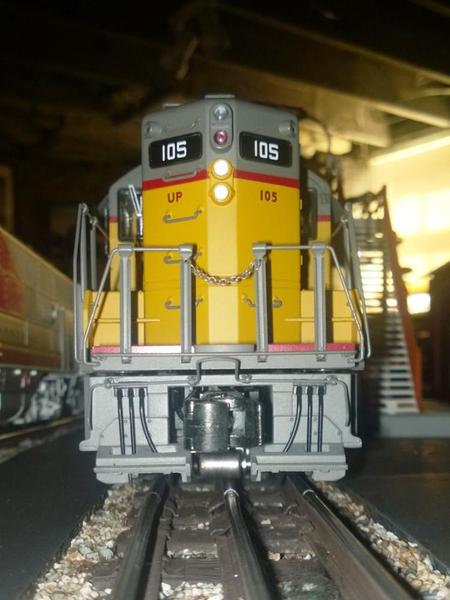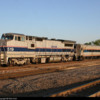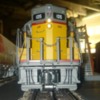Originally Posted by Lee Willis:
I'm most concerned not with the scale, but with the "realistic look" of track on my layout
Lee,
It only takes a couple of reading of Model Railroader magazine to see that the reason so many HO scale layouts look absolutely phonemonal is because everything is in scale.
Everything looks, well…right! That's because it is all in proportion.
If you look at the recent OGR with the Wheeling & Lake Erie on the cover, It looks "real" because the colors are right, the trees, ground cover, bridge beams, ballast weathering is all correct and true to real life. It doesn't take anymore time to do things realistically, but it does take some research, trial and error. Actually photos are an indispensable tool for matching the real life.
When someone is running traditional O gauge 3 rail tack(Lionel), the whole visual aspect of the tinplate track immediately throws off our perception. Its not right or wrong, just not helping the "realistic look" if someone is looking for that.
Track height will always been an obstacle with 3 rail due to the large depth of the wheel flanges used by all the manufacturers.
I personally think that MTH missed the boat on being the king of 3 rail track.
Scaletrax….should've been a bit better on tie spacing, some curved switches (120/096, 096/072, even a 072/054, a double slip) add an uncoupling magnet like the ultra small profile of Lionel's Fastrack uncoupler, and they would certainly have it all. Their flex track is a pure joy to work with.
Realtrax…….I realize they had some issues early on, but should've stayed with the solid rail, the hollow is way to noisy. Add the curved switches that never made it to production, and you have a great looking system.
I've never had an issue with the tabs, just gotta take your time.
Sorry for babbling.











